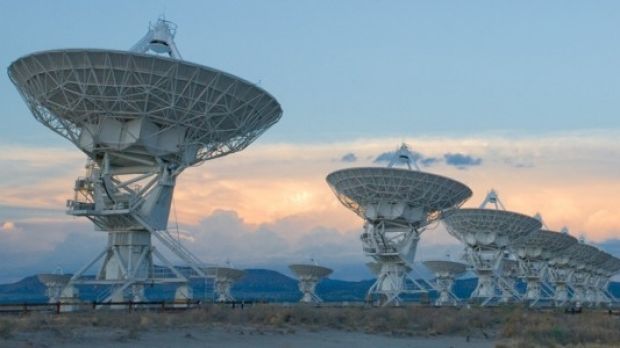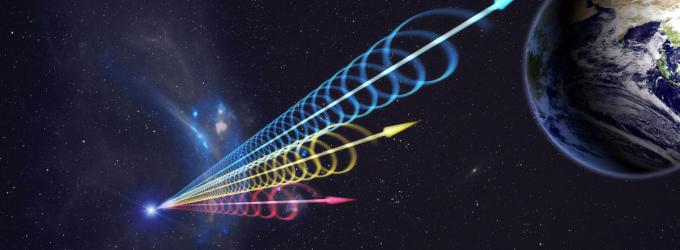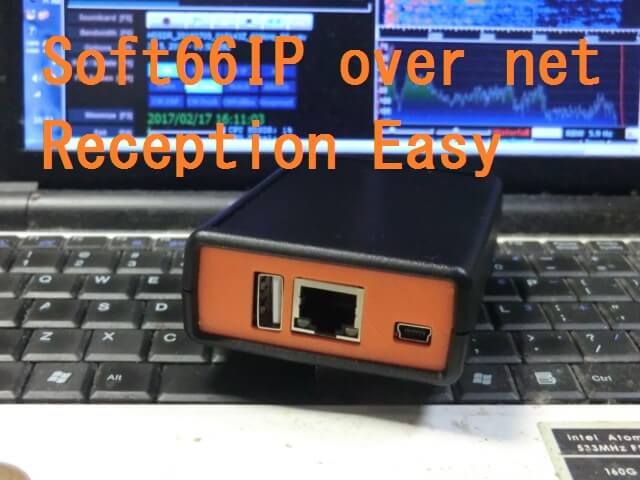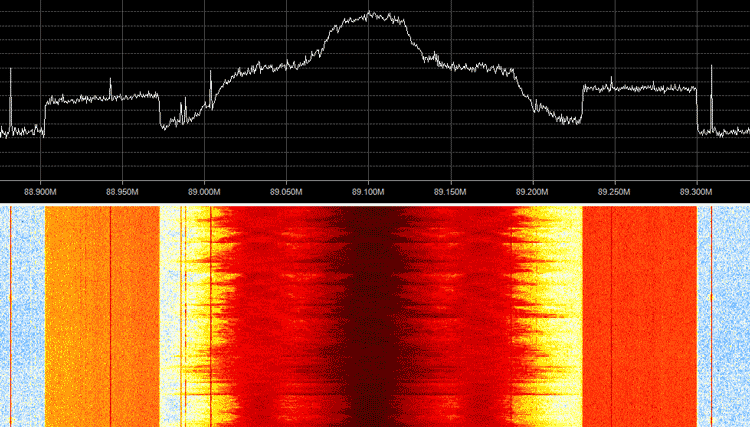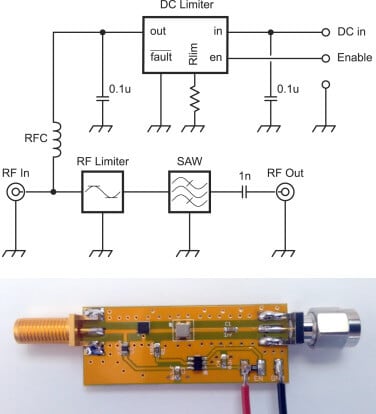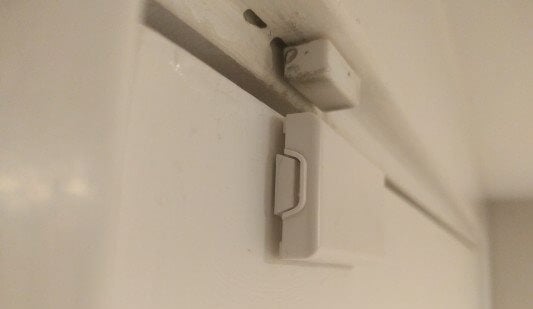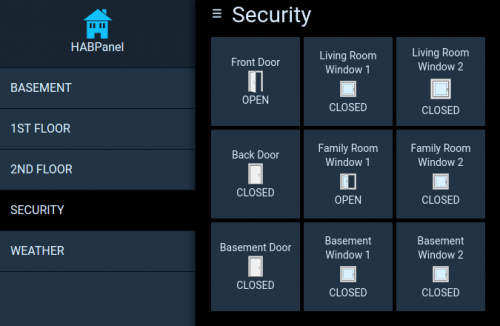Searching for giga-Jansky fast radio bursts from the Milky Way with a global array of low-cost radio receivers (RTL-SDRs)
A few days ago a University research paper titled “Searching for giga-Jansky fast radio bursts from the Milky Way with a global array of low-cost radio receivers” was uploaded to the Cornell University Library. In this paper authors Dan Maoz of Tel-Aviv University and Abraham Loeb of Harvard suggest that citizen science enabled mobile phones and RTL-SDR dongles placed around the world could be used to detect fast radio bursts (FRBs) originating from within our own galaxy. The abstract reads:
If fast radio bursts (FRBs) originate from galaxies at cosmological distances, then their all-sky rate implies that the Milky Way may host an FRB on average once every 30-1500 years. If FRBs repeat for decades or centuies, a local FRB could be active now. A typical Galactic FRB would produce a millisecond radio pulse with ~1 GHz flux density of ~3E10 Jy, comparable to the radio flux levels and frequencies of cellular communication devices (cell phones, Wi-Fi, GPS). We propose to search for Galactic FRBs using a global array of low-cost radio receivers. One possibility is to use the ~1GHz communication channel in cellular phones through a Citizens-Science downloadable application. Participating phones would continuously listen for and record candidate FRBs and would periodically upload information to a central data processing website, which correlates the incoming data from all participants, to identify the signature of a real, globe-encompassing, FRB from an astronomical distance. Triangulation of the GPS-based pulse arrival times reported from different locations will provide the FRB sky position, potentially to arc-second accuracy. Pulse arrival times from phones operating at diverse frequencies, or from an on-device de-dispersion search, will yield the dispersion measure (DM) which will indicate the FRB source distance within the Galaxy. A variant of this approach would be to use the built-in ~100 MHz FM-radio receivers present in cell phones for an FRB search at lower frequencies. Alternatively, numerous “software-defined radio” (SDR) devices, costing ~$10 US each, could be plugged into USB ports of personal computers around the world (particularly in radio quiet regions) to establish the global network of receivers.
‘Fast radio bursts’ or FRBs are very brief pulses of extremely strong radio waves which have the transmit power of 500 million suns, though by the time they reach the earth they can only be picked up by radio telescopes. Radio astronomers have so far been mystified by the cause of these FRBs, and research has been hampered by the fact that the source of FRBs is notoriously difficult to pinpoint because they are unpredictable, and their energy appears to originate from all over the sky and not from a single point. Many scientists think that most FRBs must originate from outside of our galaxy, and in 2016 one was finally pinpointed as coming from a dwarf galaxy 2.5 billion light years away from earth. But the authors of the paper speculate from the rate of how often FRBs are seen, that our Milky Way galaxy could host its own local FRB event once every 30 – 1500 years.
If an FRB occurs within our own galaxy then they speculate that the received power could be strong enough to be detected by consumer level mobile phones or RTL-SDR radios, meaning that no large radio telescope dish is required for detection. By continuously monitoring for FRBs on mobile phones and/or RTL-SDRs spread around the world, a local FRB source could one day be pinpointed thanks to the high resolving power of multiple detectors spread apart.
[Also discussed at cfa.harvard.edu/news/2017-07]
